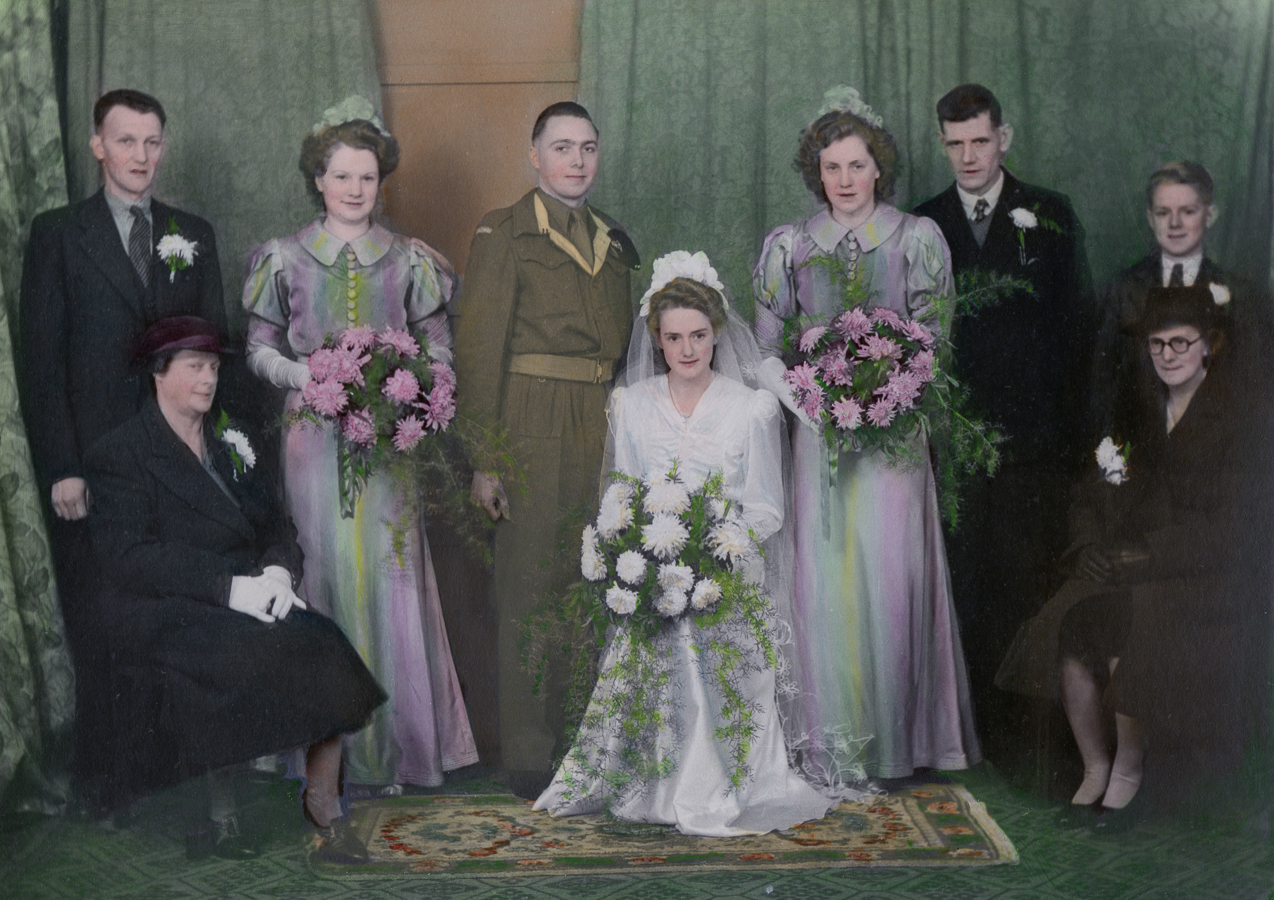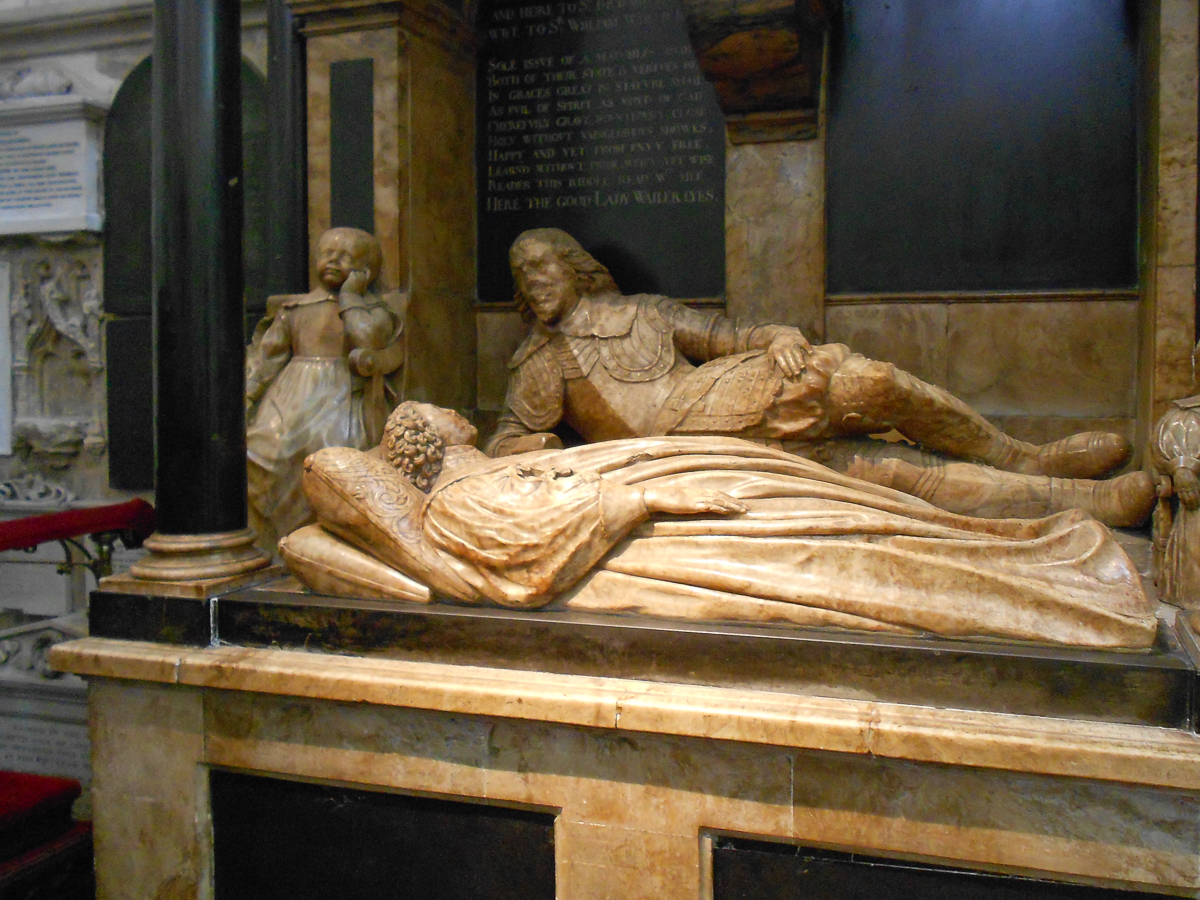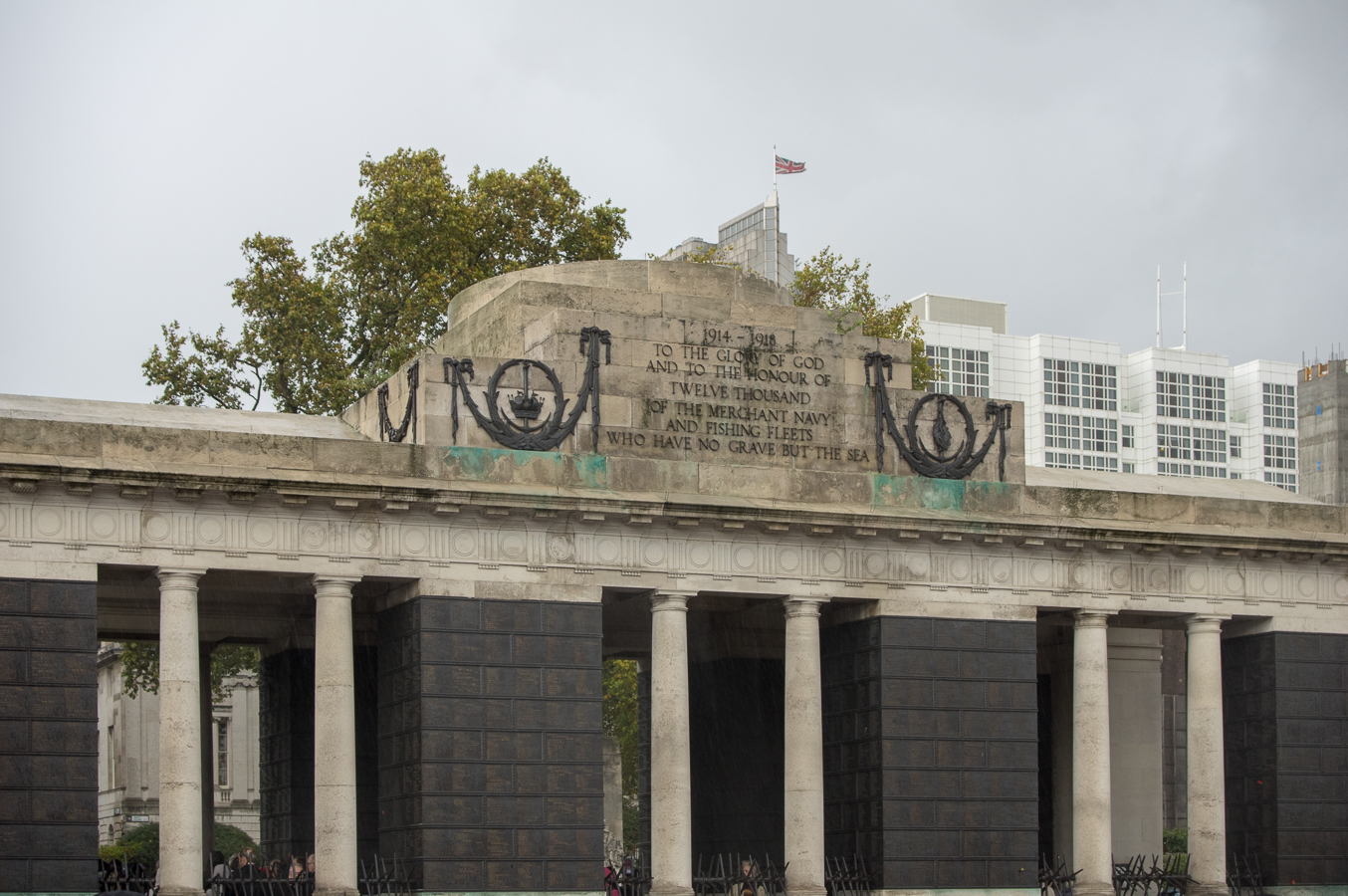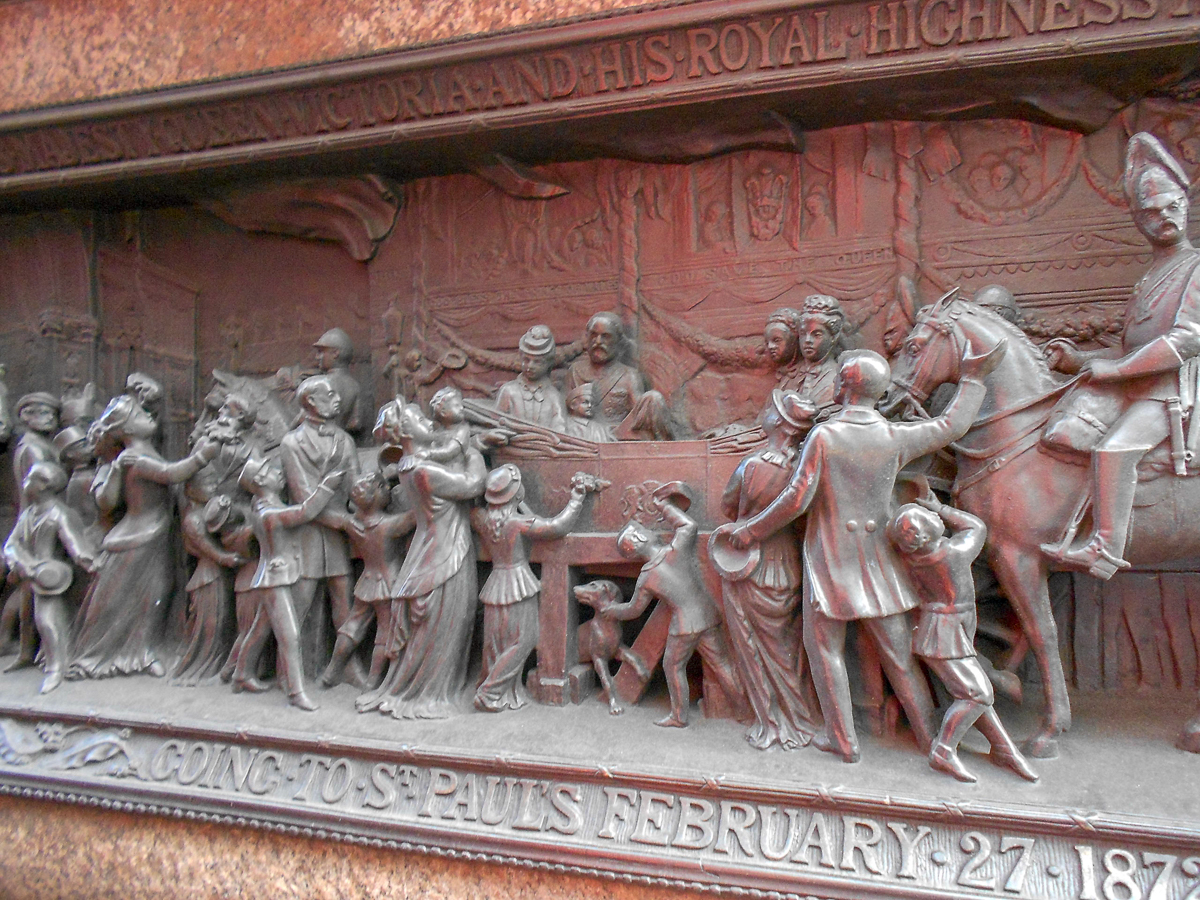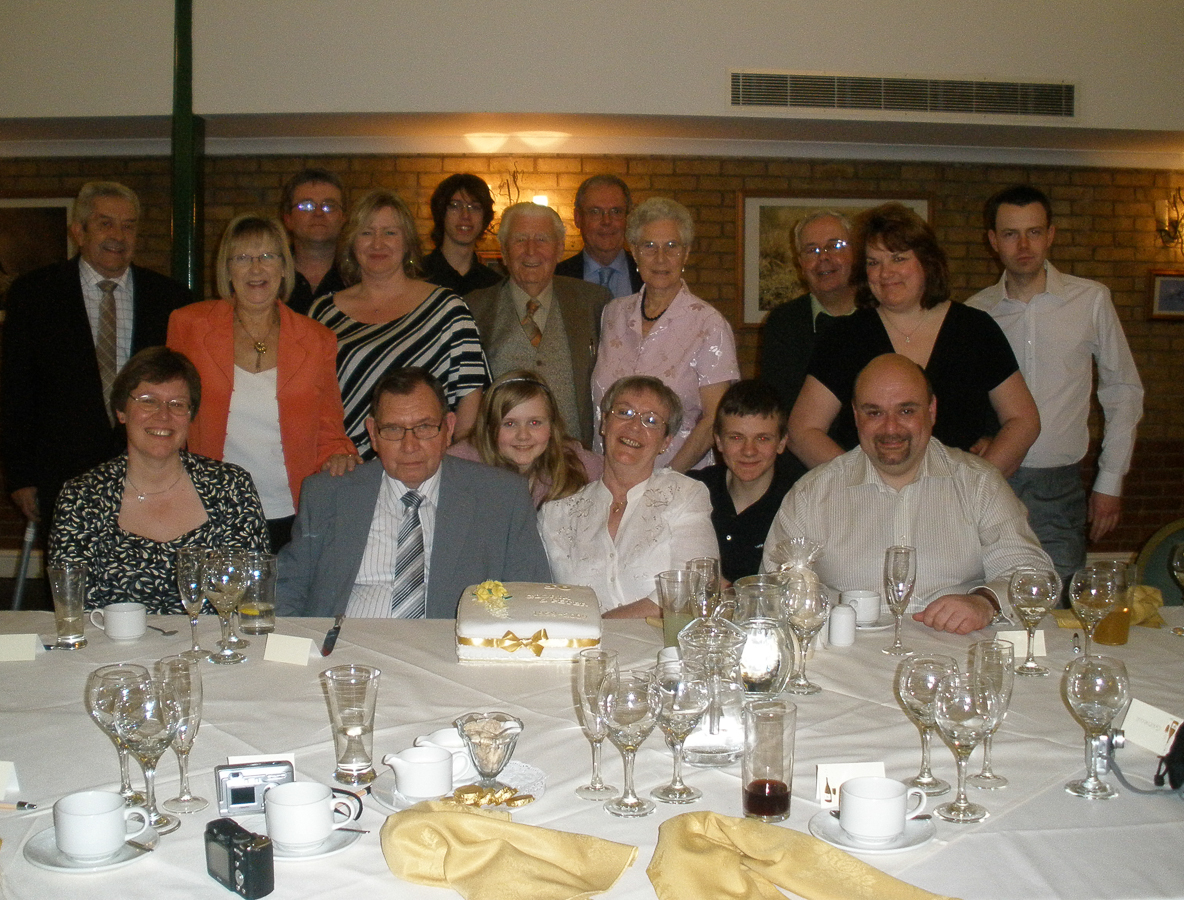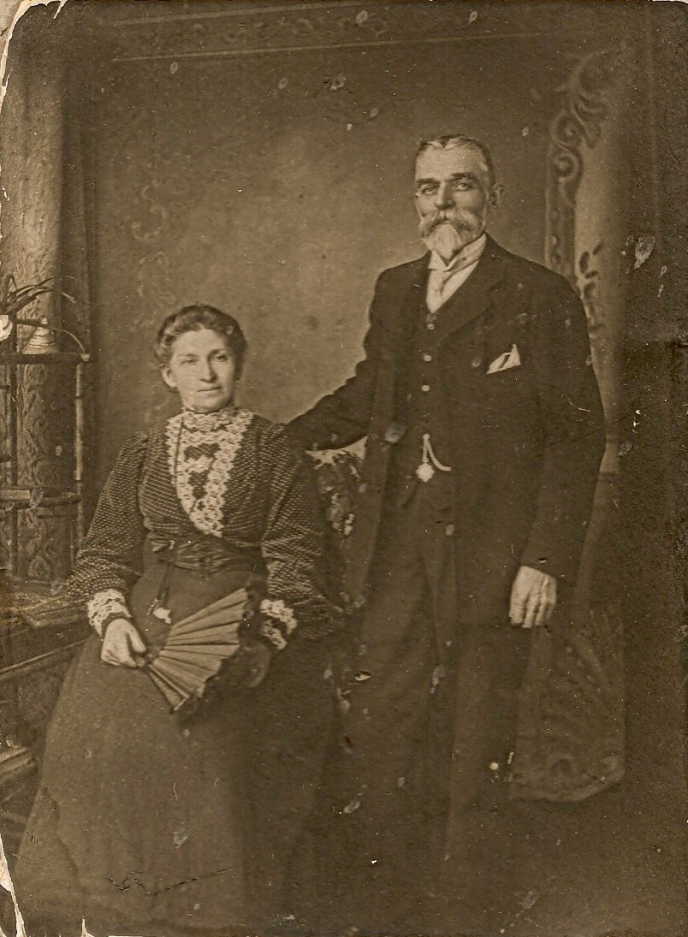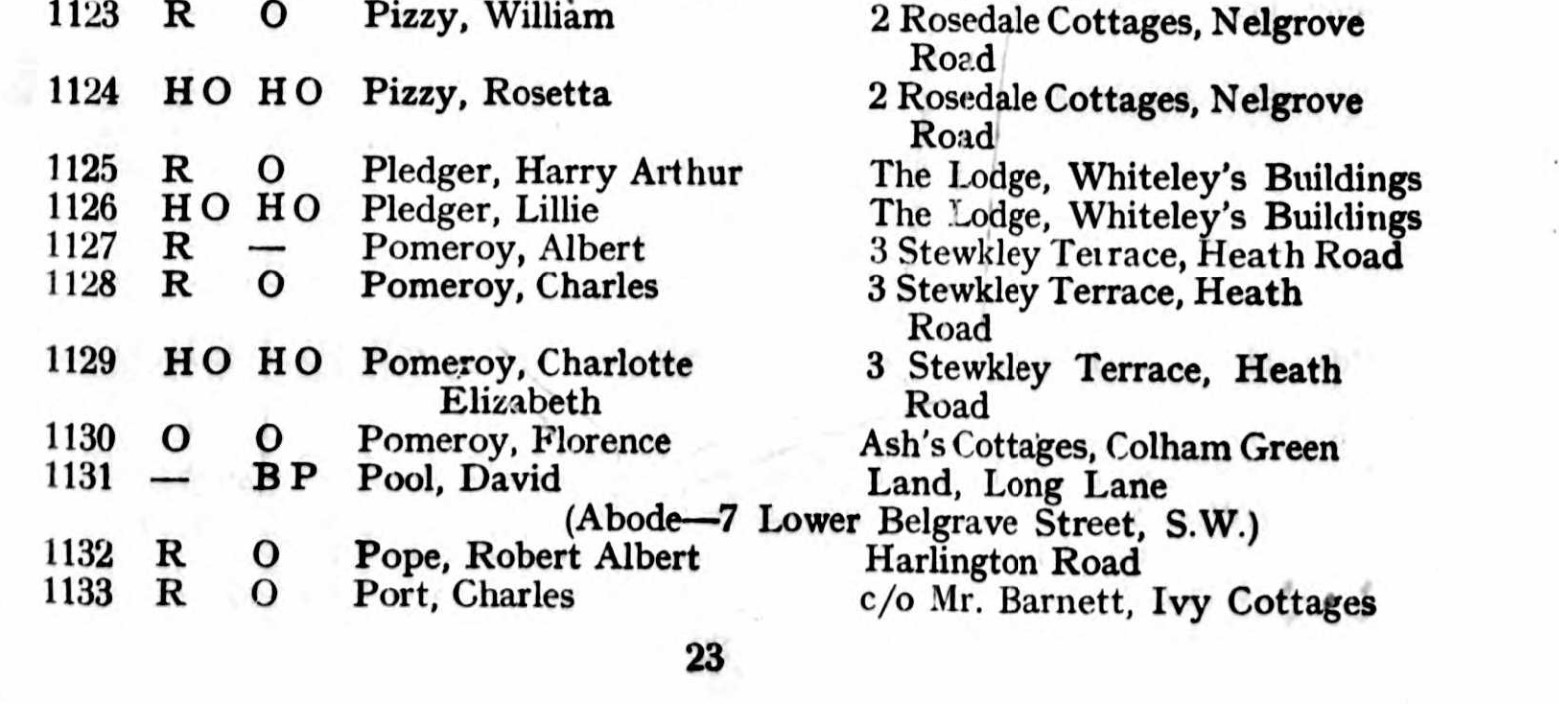Angevin empire and the Count of Anjou and Duchy of Aquitaine
Pepin or Pippin the Short First King of the Franks of the Carolingian dynasty. First King of the Franks. That is something.
He was also, according to my family tree on Ancestry, my 15th great-grandfather of wife of husband of 3rd cousin 25x removed. Born 715 in Austrasia, France and died 18 September 768 at St Denis, Paris, Ile-de-France, France.
Pepin the Short grandfather was Pepin II De Heristal, Mayor Of The Palace. He was born in 635 in Liège, Liege, Belgium.
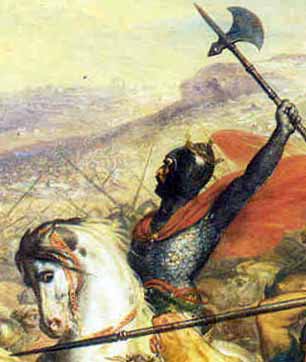 Pepin the Short's father, was Charles Martel.
Pepin the Short's father, was Charles Martel.
The Angevin Empire
The Angevin Empire (French: Empire Plantagenêt) describes the possessions of the Angevin kings of England who held lands in England and France during the 12th and 13th centuries. Its rulers were Henry II (ruled 1154–1189), Richard I (r. 1189–1199), and John (r. 1199–1216). The Angevin Empire is an early example of a composite state.
The Angevins of the House of Plantagenet ruled over an area covering roughly half of France, all of England, and parts of Ireland and Wales, and had further influence over much of the remaining British Isles. The empire was established by Henry II, as King of England, Duke of Normandy, Count of Anjou (from which the Angevins derive their name), as well as Duke of Aquitaine by right of his wife, and multiple subsidiary titles. Although their title of highest rank came from the Kingdom of England, the Angevins held court primarily on the continent at Angers in Anjou, and Chinon in Touraine.
At its largest extent, the Angevin Empire consisted of the Kingdom of England, the Lordship of Ireland, the duchies of Normandy (which included the Channel Islands), Gascony and Aquitaine as well as of the counties of Anjou, Poitou, Maine, Touraine, Saintonge, La Marche, Périgord, Limousin, Nantes and Quercy. While the duchies and counties were held with various levels of vassalage to the king of France, the Plantagenets held various levels of control over the Duchies of Brittany and Cornwall, the Welsh princedoms, the county of Toulouse, and the Kingdom of Scotland, although those regions were not formal parts of the empire. Auvergne was also in the empire for part of the reigns of Henry II and Richard, in their capacity as dukes of Aquitaine. Henry II and Richard I pushed further claims over the County of Berry but these were not completely fulfilled and the county was lost completely by the time of the accession of John in 1199.
You can see that I have started a lot further back in time to start this article.

